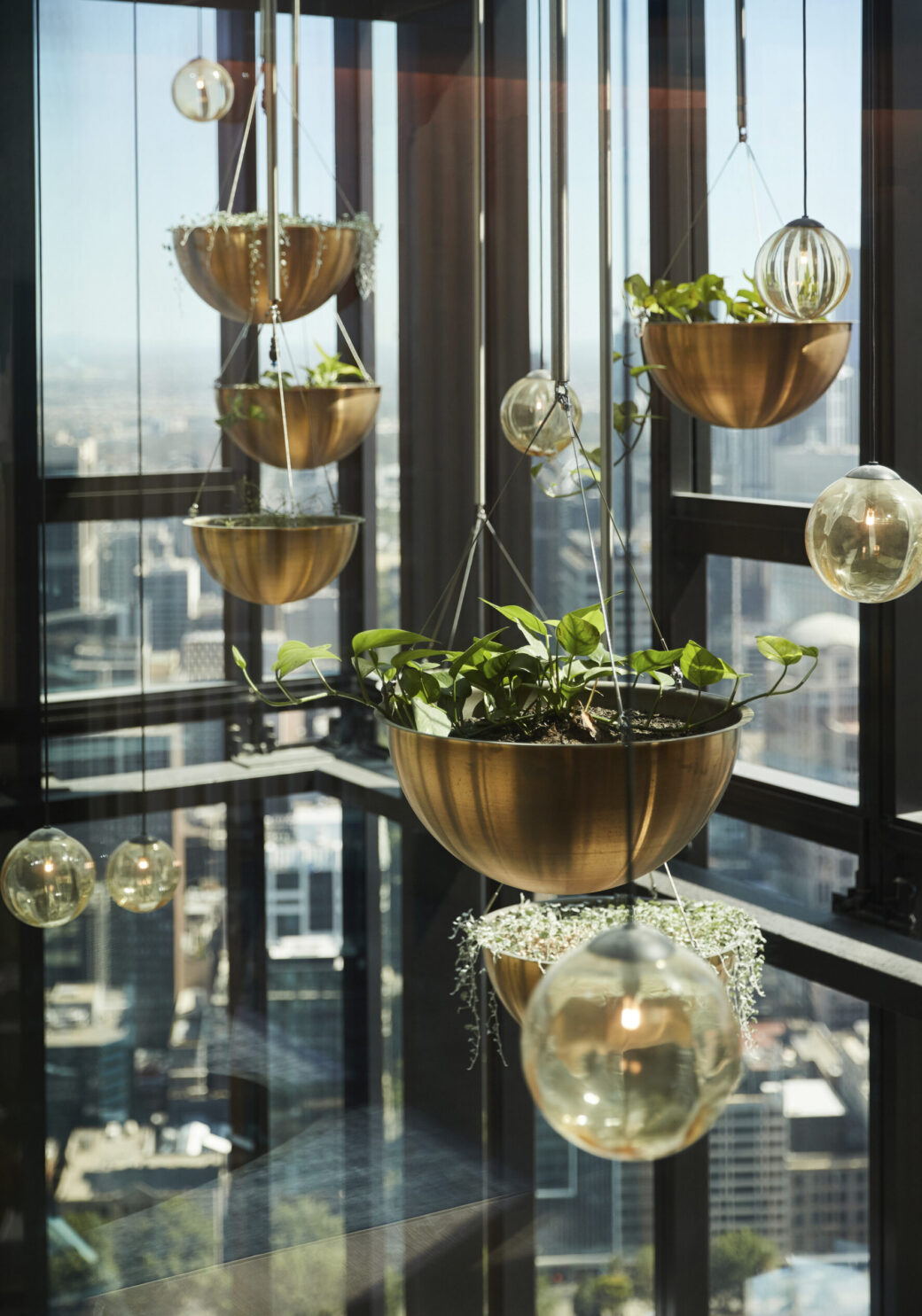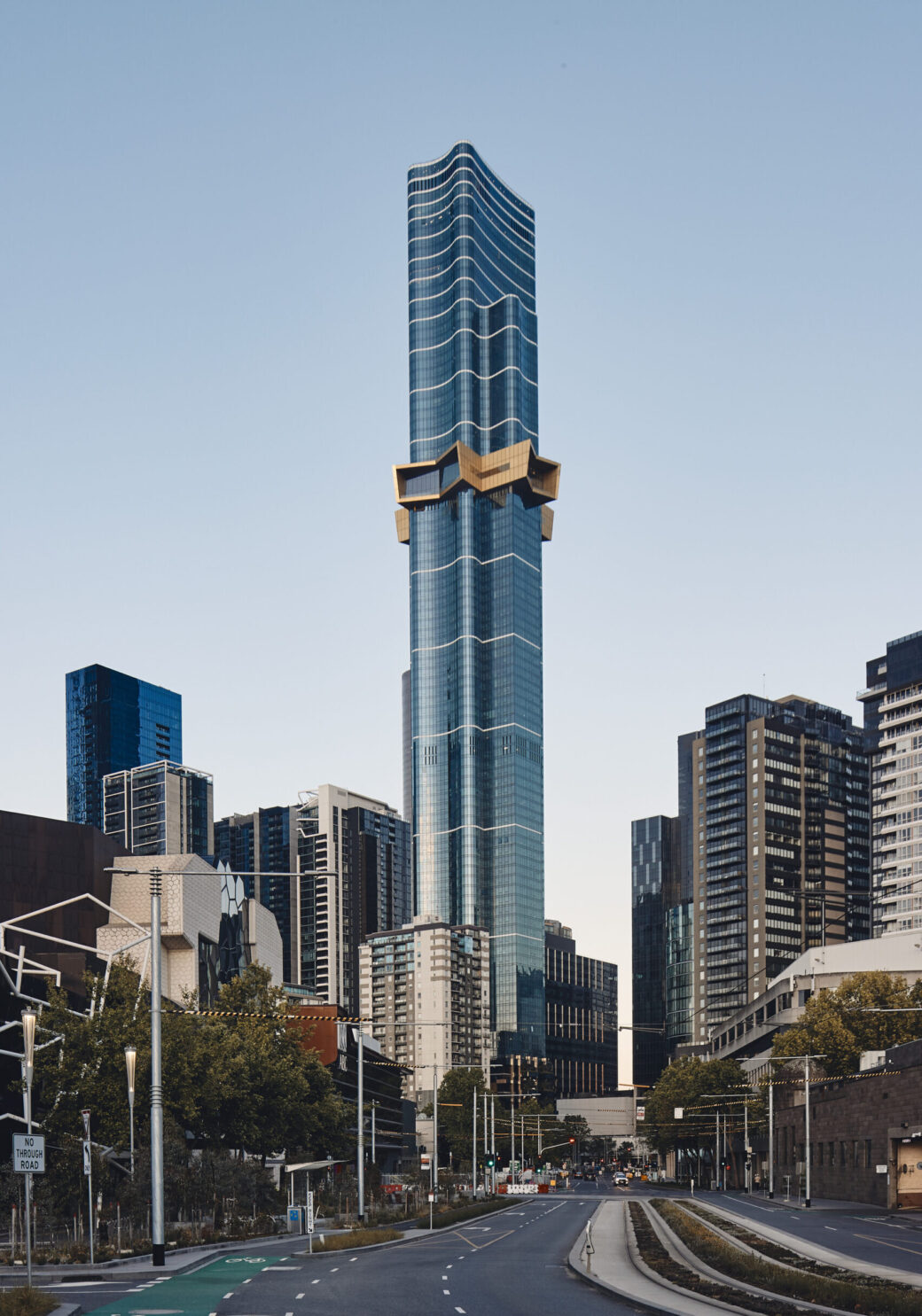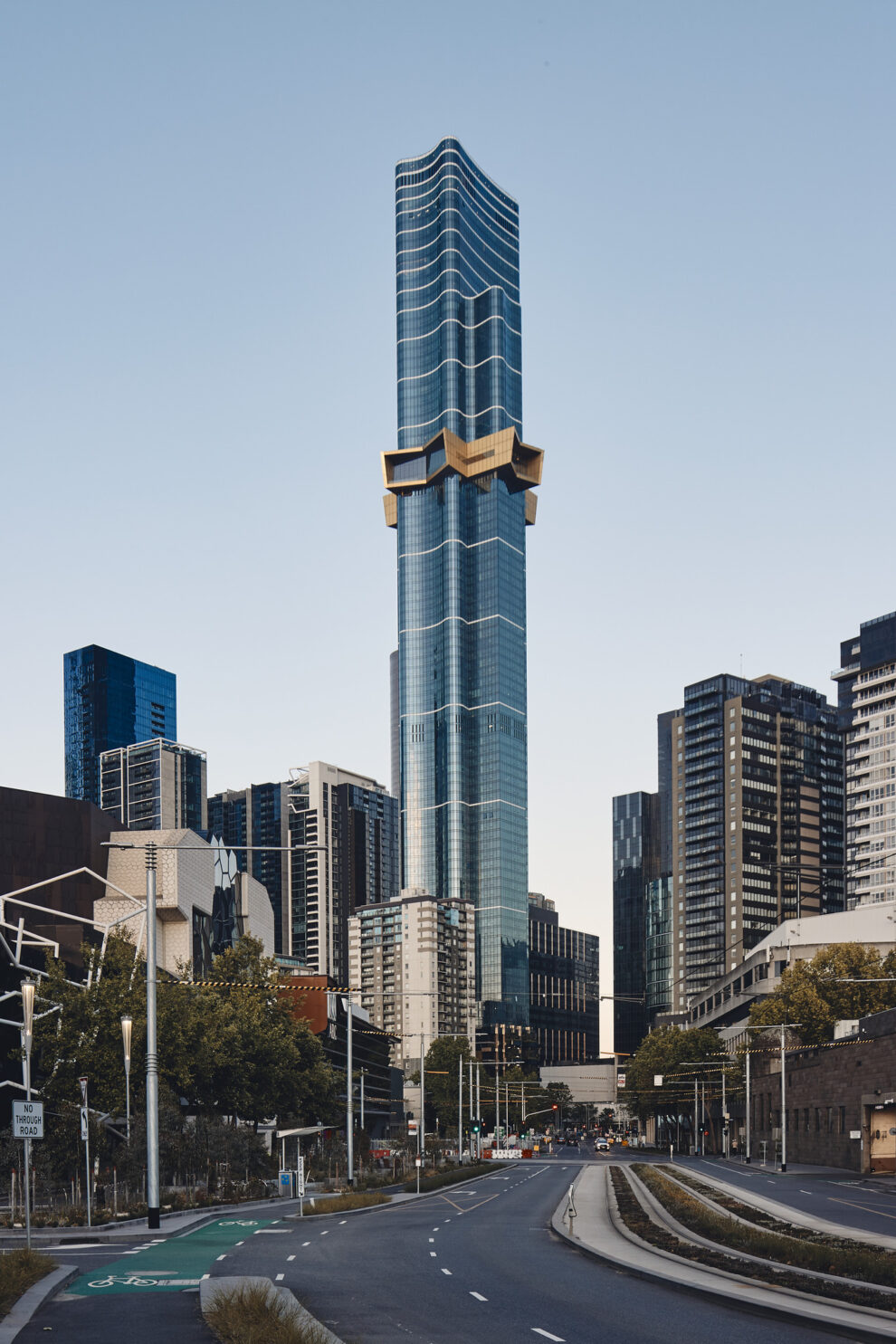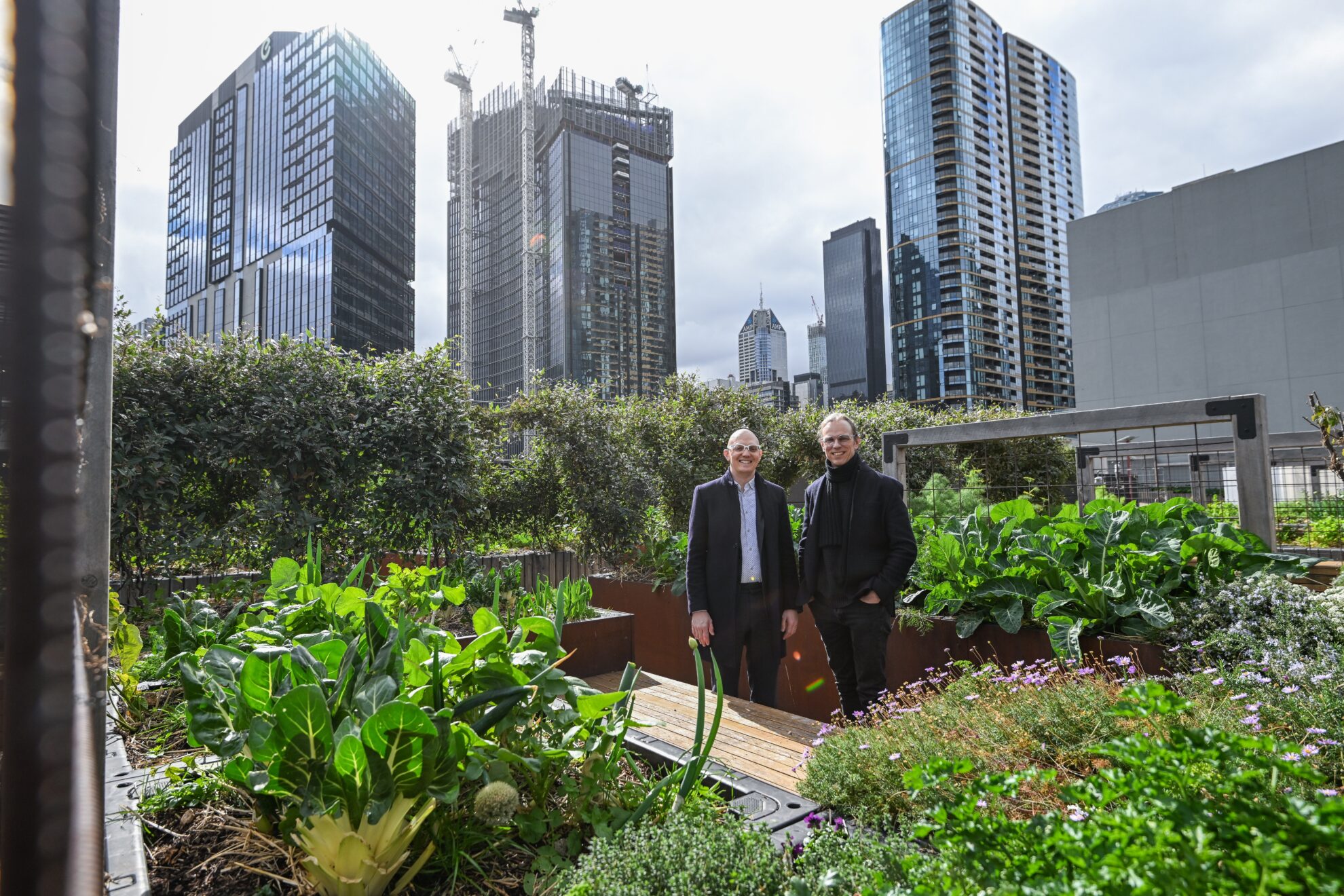
Melbourne City Council began public consultation in March regarding the proposed changes to the Melbourne Planning Scheme, amendment C376, including the practitioner information session that associate principal Shem Kelder attended. This clause focuses on retaining car parking spaces as common spaces, adjusting how parking spaces are bought and sold using alternative ownership structures and designed with specific clearances and minimal sloping.
Understanding that this would be a challenging prospect for developers to digest, Shem enlisted the assistance of colleagues Jim and David Robinson to explore with a retrospective design exercise that would allow us to understand the possibilities for future development in the CBD as Melbourne grows and evolves.
As Jim Stewart, principal, explains,
“These proposed changes aim to achieve this in two ways, firstly they disrupt the current real estate financial model for car parking development, which will hopefully ensure that car spaces are only built where genuinely necessary. Secondly, they ensure that diverse car space ownership doesn’t preclude adaptive reuse in a future with fewer cars.”
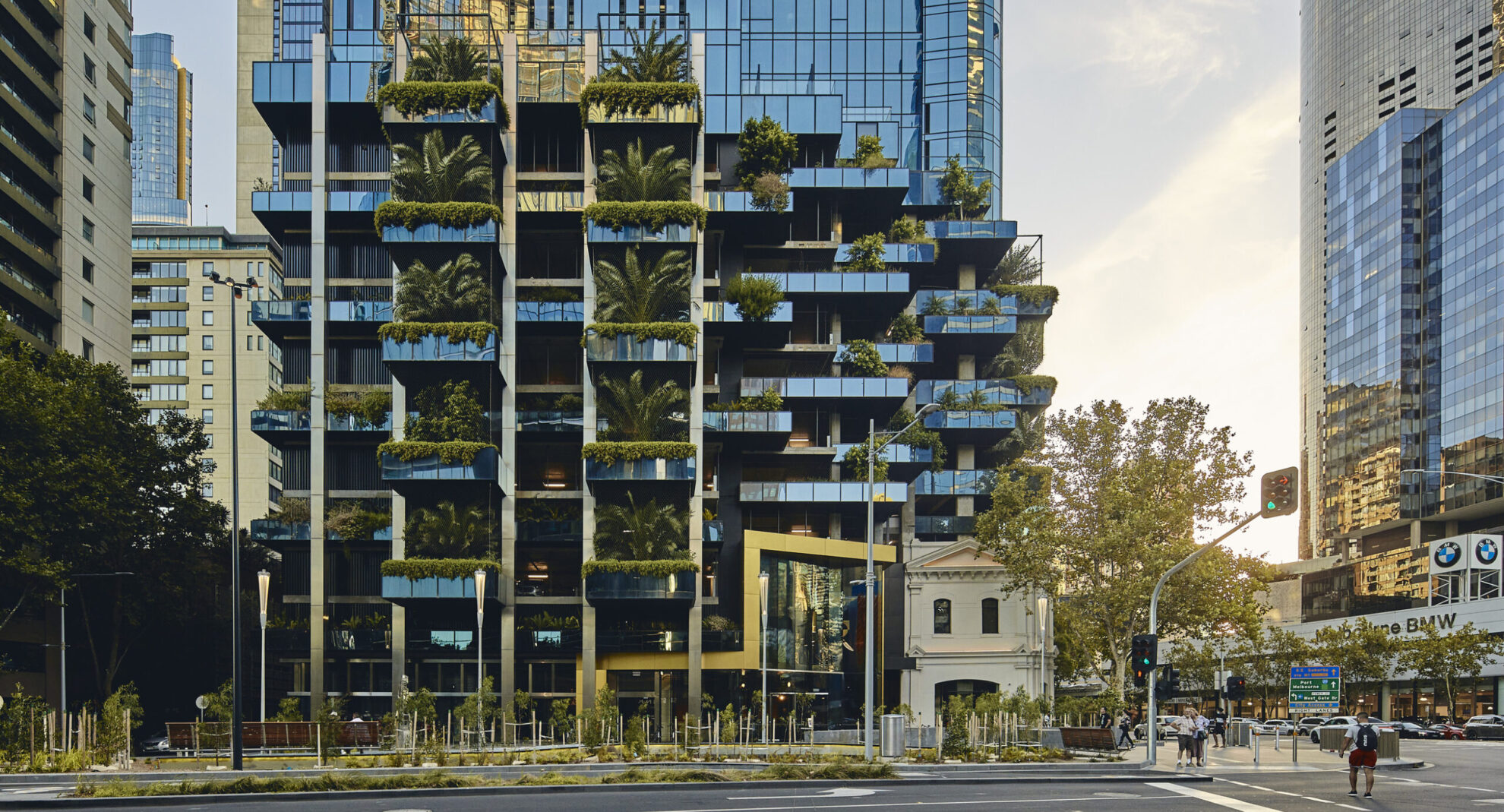
The Australia 108 car park experiment illustrates that the adaptive reuse of parking spaces has immense untapped potential beyond the traditional conversion to office or residential spaces. With the right location, scale and use, sustainable and potentially even commercially viable solutions are available.
Across the ten car park levels in Australia 108, the ramps are removed, infilled, or left open for light wells. The car park has a relatively compressed floor-to-floor height of 2785mm, but this exercise has illustrated that this is not an obstacle for the right type of adaptive reuse. Conducted daylight studies determined that access to natural light due to the floor-to-floor height and overshading from neighbouring buildings was not ideal.
Post site analysis, there were a few key concepts identified:
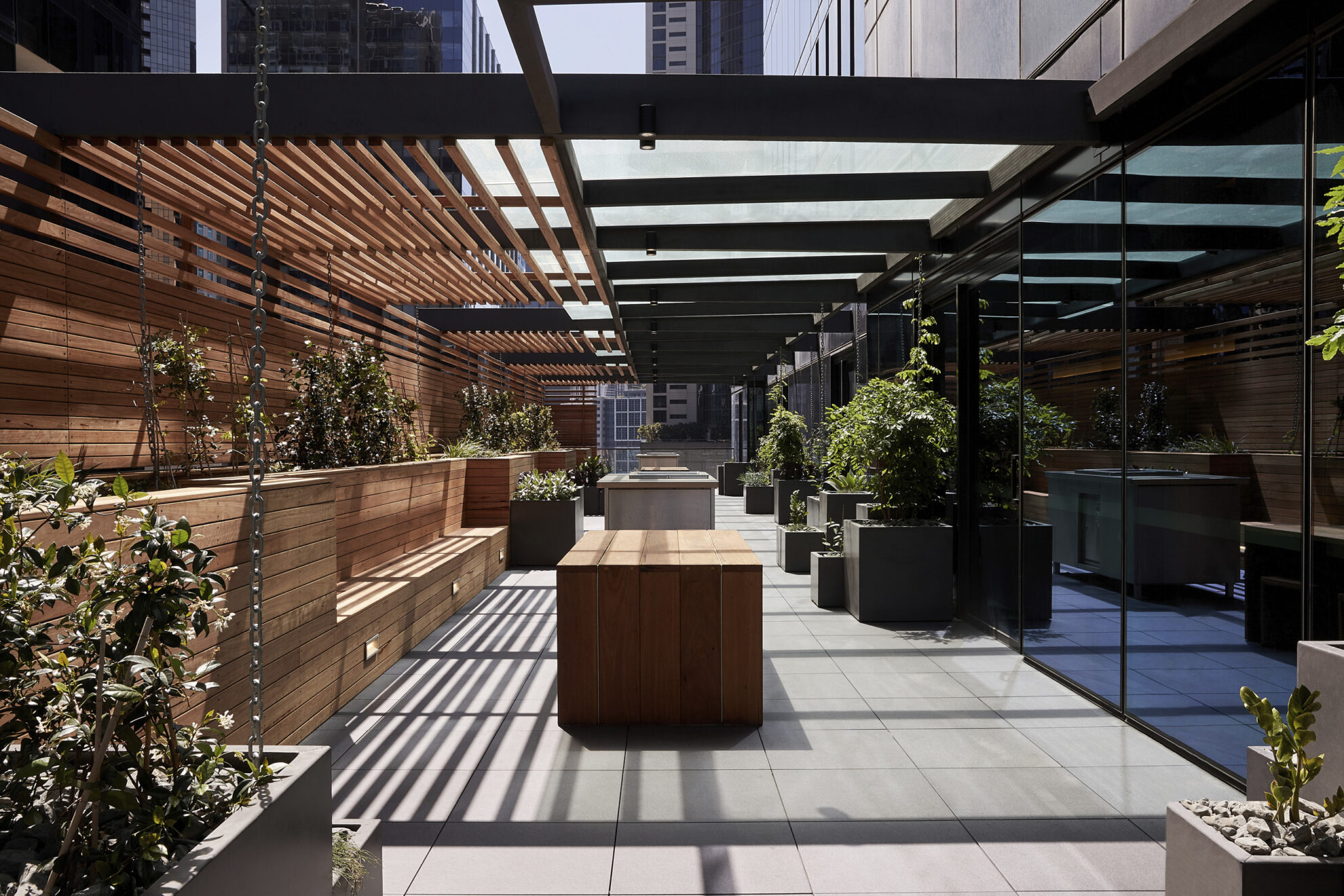
With over 1,000 apartments in Australia 108, the team quickly established the potential to collect and compost organic food waste and extract biogas for generating electricity onsite. This waste-to-energy system, located on level four, could power the proposed vertical farm, a rapidly growing industry, presented on levels five to eight in the car park. The plans include cultivated crops of leafy greens, herbs and seedlings in self-contained pods that are not weather or seasonal-dependent. These pods are pesticide-free, do not require washing and rely on LED lighting, minimising drawing power from the grid. Included on these levels with urban farming are complementary apiaries and chicken pens located around the perimeter of the floors.
Because vertical farming systems are hydroponic, water becomes an essential resource. On every level, water collection and storage tanks would be conveniently located for efficient filtration and pumping.
Levels nine and ten of the car parks have been transformed into co-working spaces, which feature a small auditorium converted from a parking ramp. These levels would be used by those who manage the farm or open to residents of Australia 108. The ground plane is then reimagined as a farm-to-table restaurant and a fresh produce grocery shop.
The prospects of these spaces and what they could unlock for Melbournians have excited the team. Despite the site constraints, many other potential uses were yet to be explored, including aquaponics, mushroom farming, galleries, incubator offices, and grey kitchens for food produce and delivery.
“Imagine vertical farms in locations throughout the CBD, it would minimise transport logistics and provide fresh produce to restaurants and grocers that are hours old, instead of days old,” Shem explains. If passed, the amendment will challenge designers and developers to design carparks for resilience.
“Reinforced concrete, the main ingredient in almost every car park, is especially impactful and difficult to decarbonise. It’s essential that architects and other built environment practitioners ensure that every cubic metre of reinforced concrete is justified and necessary both now and long into the future” – Jim Stewart.
